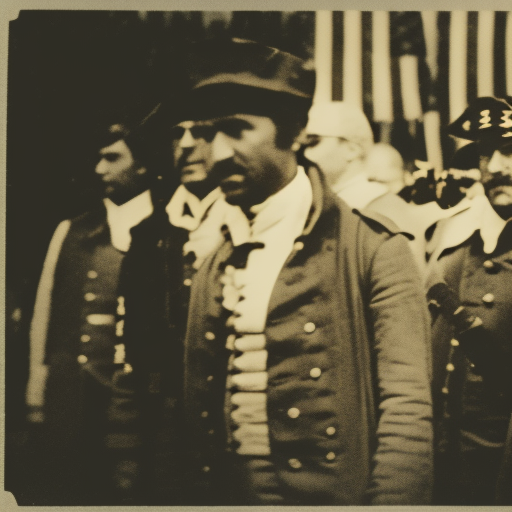Summary:
The Declaration of Independence, adopted on July 4, 1776, was a pivotal moment in American history. It marked the formal separation of the thirteen American colonies from Great Britain and laid the foundation for the creation of the United States of America. The document, primarily authored by Thomas Jefferson, outlined the colonists’ grievances against King George III and asserted their natural rights to life, liberty, and the pursuit of happiness. The Declaration of Independence not only declared the colonies’ independence but also served as a powerful statement of the principles and ideals upon which the new nation would be built.
Background:
By the mid-18th century, tensions between the American colonies and Great Britain had been growing. The colonists, who had been living under British rule for over a century, increasingly felt that their rights were being violated. The British government imposed various taxes and regulations on the colonies without their consent, leading to widespread discontent. The colonists’ frustration was further fueled by the lack of representation in the British Parliament and the presence of British troops in the colonies.
Writing the Declaration:
In June 1776, the Second Continental Congress appointed a committee to draft a formal declaration of independence. The committee, consisting of Thomas Jefferson, John Adams, Benjamin Franklin, Roger Sherman, and Robert Livingston, assigned Jefferson the task of writing the document. Drawing inspiration from Enlightenment thinkers such as John Locke, Jefferson crafted a powerful and eloquent statement that articulated the colonists’ grievances and their desire for self-determination.
Main Content:
The Declaration of Independence begins with a preamble that establishes the philosophical foundation for the document. It asserts that all men are created equal and endowed with certain unalienable rights, including life, liberty, and the pursuit of happiness. The preamble also states that governments derive their power from the consent of the governed and that when a government becomes destructive of these rights, it is the right of the people to alter or abolish it.
The main body of the Declaration consists of a list of grievances against King George III and the British government. It accuses the King of establishing a tyrannical rule, interfering with colonial self-government, imposing unfair taxes, maintaining a standing army in times of peace, and depriving the colonists of their rights to trial by jury. The document also highlights the colonists’ repeated attempts to seek redress and their ultimate decision to declare independence.
The Declaration concludes with a bold assertion of the colonies’ independence. It proclaims that the United States of America is a free and independent nation, absolved from all allegiance to the British Crown. The signatories of the Declaration pledged their lives, fortunes, and sacred honor to defend this newfound independence.
Impact and Legacy:
The Declaration of Independence had a profound impact on American history. It inspired and rallied the colonists, providing a unifying vision for the struggle against British rule. The document also played a crucial role in securing international support for the American cause, as it presented a compelling argument for the legitimacy of the colonists’ quest for independence.
Furthermore, the principles enshrined in the Declaration of Independence continue to shape American society and politics. The document’s emphasis on individual rights, limited government, and the consent of the governed laid the groundwork for the American Revolution and influenced the drafting of the United States Constitution. The Declaration’s assertion that all men are created equal has served as a rallying cry for numerous social and political movements throughout American history, including the abolitionist movement, the women’s suffrage movement, and the civil rights movement.
In conclusion, the Declaration of Independence was a pivotal moment in American history. It declared the colonies’ independence from Great Britain, outlined their grievances, and asserted their natural rights. The document’s enduring principles and ideals continue to shape the United States and inspire people around the world.












